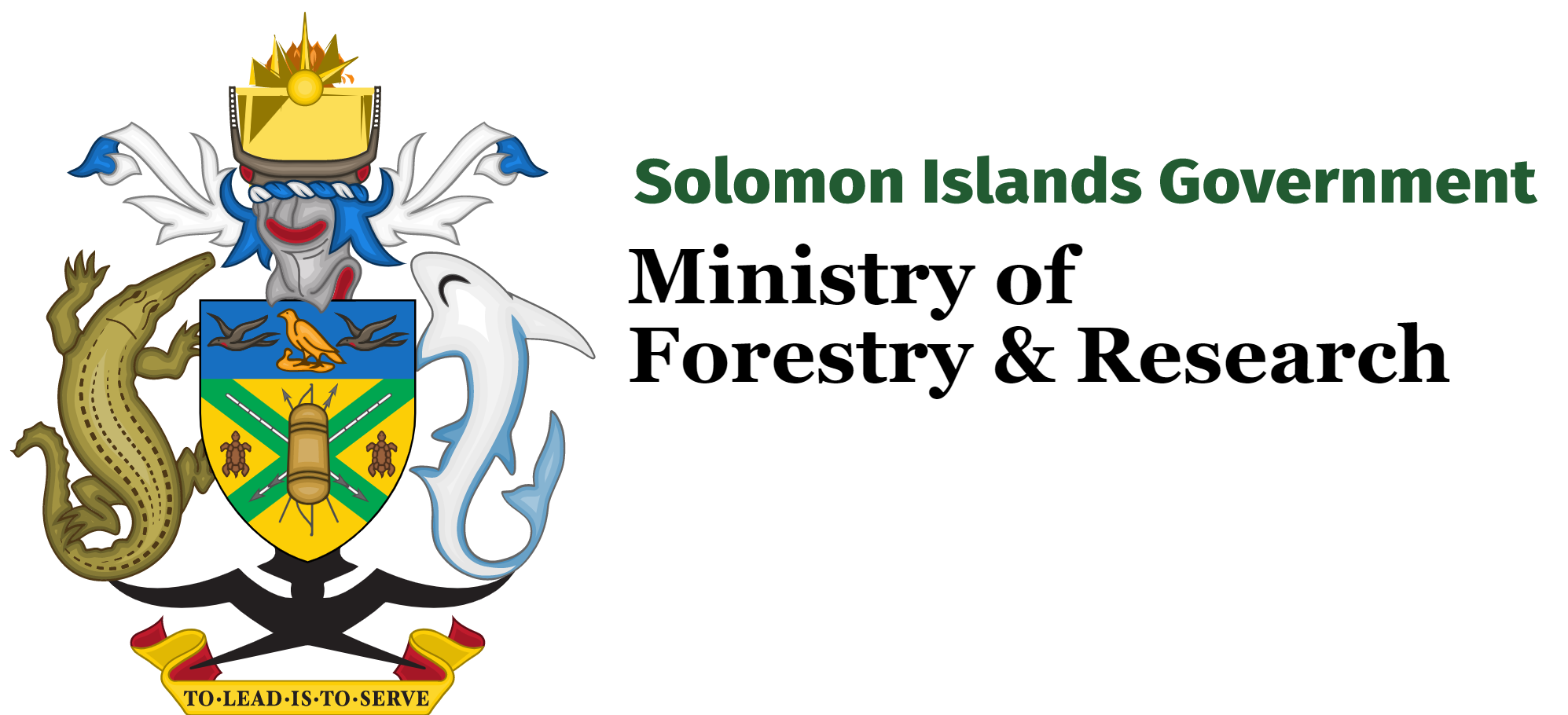Biodiversity and Ecosystem
The forests of Solomon Islands has been described and recognized as of global significance due to various facts which have come to light following recent analysis of current knowledge of the forest resources.
Solomon Islands has unique vegetation or forest types. These unique vegetation types include coastal strand vegetation, lowland rainforest, riverine forest, montane forests and grasslands. Further classification of these basic forest or vegetation types brings the sub types of the basic types to many more unique forest types recognized so far.
Solomon Islands is a Centre of Plant Diversity. Solomon Islands has an estimated 4,500 species of plants, and is thus recognized as a Centre of Plant Diversity. Further rigorous work could unveil new species as new and continuous work is still required. This is urgent in the case of Solomon Islands.
Solomon Islands is a Global Eco-region. The Solomon Islands Rainforests has been recognized as one of 200 Global Ecoregions which have been analyzed as globally important by global experts.
Solomon Islands rainforest is Globally Outstanding. The Solomon Islands Rainforests Ecoregion has been ranked in the highest category as ‘Globally Outstanding’ within the 200 global eco-regions. Its inclusion in the global 200 list puts the Solomon Islands rainforest as the most biologically valuable eco-regions. This is in recognition of the Solomon Islands as true oceanic islands with high vertebrate endemism, including single island endemism, restricted range mammals and an outstanding 69 bird species found nowhere else on planet earth.
The Solomon Islands rainforest is one of three Great Rainforests on the planet. The tropical rain forest of Solomon Islands and New Guinea make up a large tropical rain forest area that has now become one of the three great tropical rainforest regions of the world. The continents of South America and Africa each have one of the remaining two.
The Solomon Islands is part of the largest block of Tropical Rain Forest in the Asia Pacific region. The rain forests of Solomon Islands with New Guinea make up the largest block of tropical rain forest remaining in the Asia Pacific region. With the reduction of tropical rainforests in the Asian region through industrial logging, the rainforest of New Guinea and Solomon Islands now make up the largest block now remaining in the region.
- Of the total 4,500 species referred to above as occurring in the country, 3200 are known to be native or indigenous.
- The known plants are mostly made up of 2763 species of angiosperms (dicots and monocots), 22 species of gymnosperms and 367 species of pteridophytes (true ferns and fern allies).
- Even though plant diversity is high with endemism considered generally low, 57% of palms, 50% of orchids, and 75% of climbing Pandanus species are considered endemic.
- Sixteen (16) species have been listed under the IUCN Red Data list as threatened. Several other species continue to be threatened. These include ebony, rosewood, rattan and some palms
- Terrestrial invasive species have not been well documented but a list produced by the Pacific Islands Ecosystem at Risk in Hawaii totaled 368 invasive and potential invasive species for Solomon Islands. These include alien and native invasive species.









